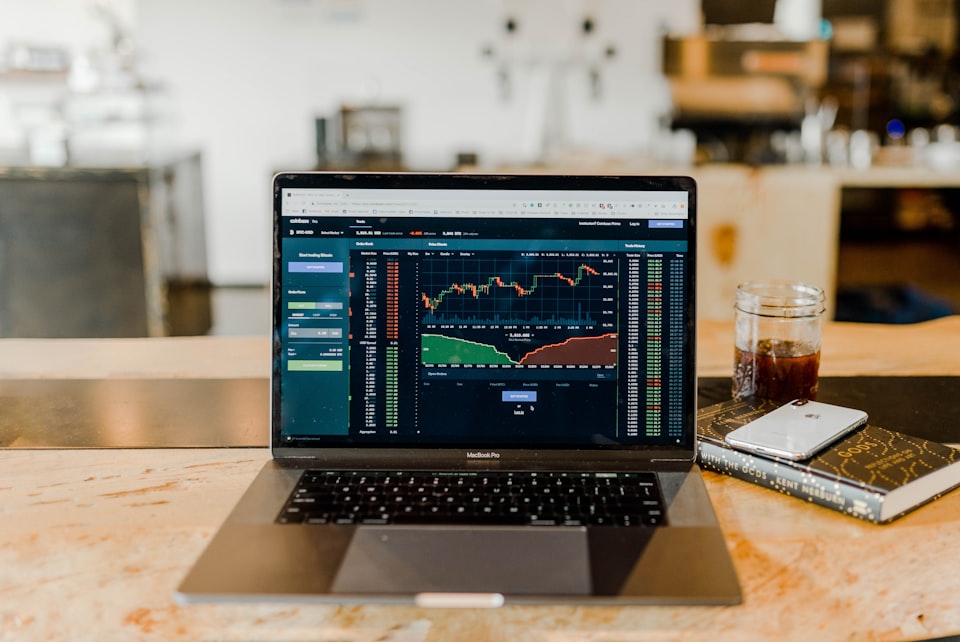How to Analyze BSE SENSEX Data for Informed Investment Decisions

Introduction
Investing in the stock market can be a daunting task, especially when faced with a multitude of stocks and market fluctuations. However, by analyzing key data such as BSE SENSEX, investors can make more informed decisions and maximize their investment returns. In this blog post, we will explore how to effectively analyze and interpret BSE SENSEX data to make strategic investment choices.
Understanding BSE SENSEX Data
Before diving into the analysis, let's first understand what BSE SENSEX is and its significance. The benchmark index of the Indian stock market is BSE SENSEX, which is also known as the Bombay Stock Exchange Sensitive Index. The performance of the top 30 companies listed on the Bombay Stock Exchange BSE is represented here. These 30 companies span across various sectors and are chosen based on their market capitalization, liquidity, and trading volumes.
The BSE SENSEX serves as an indicator of the overall market sentiment and the health of the Indian stock market. It provides investors with a snapshot of the market's performance and serves as a reference for evaluating individual stocks and investment opportunities.
Key Indicators to Analyze
To effectively analyze BSE SENSEX data, there are several key indicators that investors should focus on:
1. Price and volume trends
Monitoring the price movements and trading volumes of BSE SENSEX can provide insights into market trends. By analyzing the historical data, investors can identify patterns, such as upward or downward trends, and understand the market sentiment.
2. Market capitalization of companies
The market capitalization of the companies comprising the BSE SENSEX is an important factor to consider. Companies with higher market capitalization generally have a larger influence on the index's movement. By analyzing the market capitalization of individual companies, investors can understand their impact on the overall index performance.
3. P/E ratios and valuation metrics
Price-to-earnings (P/E) ratios and other valuation metrics are crucial in assessing the attractiveness of companies within the BSE SENSEX. By comparing the P/E ratios of individual companies to the historical average and industry peers, investors can identify undervalued or overvalued stocks and make informed investment decisions.
4. Sector-wise analysis
Analyzing the performance of different sectors within the BSE SENSEX can provide valuable insights. Changes in sectoral performance can signal shifts in market trends and help investors identify sectors with potential growth or decline.
Tools for Analyzing BSE SENSEX Data
To simplify the analysis of BSE SENSEX data, various tools and resources are available. Some popular options include:
- Online platforms and financial websites
Online platforms, such as financial news websites and stock market analysis portals, provide real-time data, charts, and analysis tools. These platforms often offer customizable features and allow users to track and analyze BSE SENSEX data with ease.
- BSE SENSEX analysis software
Specialized software is available for in-depth analysis of BSE SENSEX data. These tools provide comprehensive charts, technical indicators, and historical data to assist investors in making informed decisions. Some popular analysis software include Amibroker, MetaStock, and ChartNexus.
Interpreting BSE SENSEX Data
Once armed with the necessary tools and knowledge, investors need to interpret the BSE SENSEX data accurately. Here are some key aspects to consider when deciphering the data:
- Trend analysis
Analyzing the overall trend of BSE SENSEX is crucial for understanding the market direction. Identifying long-term uptrends or downtrends can help investors gauge the overall sentiment and adjust their investment strategies accordingly.
- Identifying support and resistance levels
Support and resistance levels are price levels at which the BSE SENSEX has historically shown significant buying or selling pressure. Identifying these levels can help investors make decisions on entry and exit points for their investments.
- Correlation with other market indices
Evaluating the correlation between BSE SENSEX and other market indices, such as NIFTY 50 or S&P BSE SmallCap, can provide additional insights. Understanding how different segments of the market move concerning each other can assist in identifying broader market trends and potential investment opportunities.
Applying BSE SENSEX Data for Informed Investment Decisions
Now that we have explored how to analyze and interpret BSE SENSEX data, let's discuss practical ways to apply this knowledge for informed investment decisions:
- Identifying investment opportunities
By monitoring BSE SENSEX data and analyzing individual company performance, investors can identify potential investment opportunities. Stocks that consistently outperform or show potential for growth can be considered for inclusion in an investment portfolio.
- Managing risks and setting stop-loss levels
Analyzing BSE SENSEX data can also help investors manage risks and set appropriate stop-loss levels. By understanding price trends and support levels, investors can effectively limit their potential losses and protect their investments.
Real-Life Examples: Analyzing BSE SENSEX Data
To better illustrate the practical application of analyzing BSE SENSEX data, let's consider a few real-life examples:
Case Study: XYZ Ltd.
1. Analyzing XYZ Ltd.'s historical performance against BSE SENSEX
2. Assessing the impact of market movements on XYZ Ltd.'s stock price
3. Identifying opportunities for entry and exit points based on BSE SENSEX data
Sector Analysis: Technology
1. Analyzing the performance of technology companies within the BSE SENSEX
2. Comparing the sector's performance to the overall index
3. Identifying trends and potential investment opportunities within the technology sector
These real-life examples highlight how analyzing BSE SENSEX data can provide valuable insights and aid in making informed investment decisions.
End Line
Analyzing BSE SENSEX data is essential for making informed investment decisions in the Indian stock market. By understanding the key indicators, utilizing the right tools, and interpreting the data effectively, investors can unlock the potential of BSE SENSEX data and navigate the market with confidence. Remember, knowledge and research are key components of successful investing, so take the time to analyze BSE SENSEX data and make informed choices that align with your investment goals.
Also Read...




